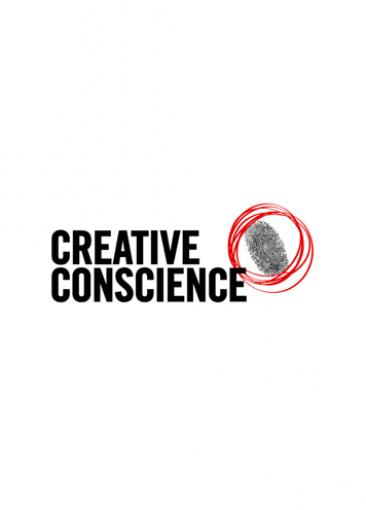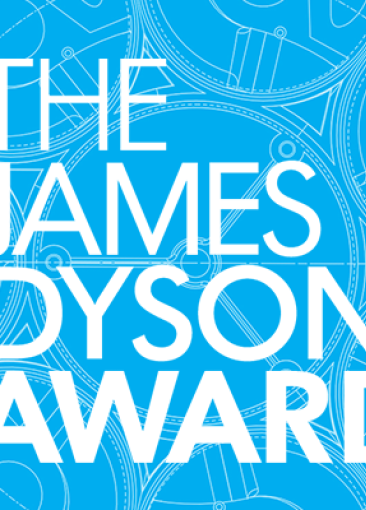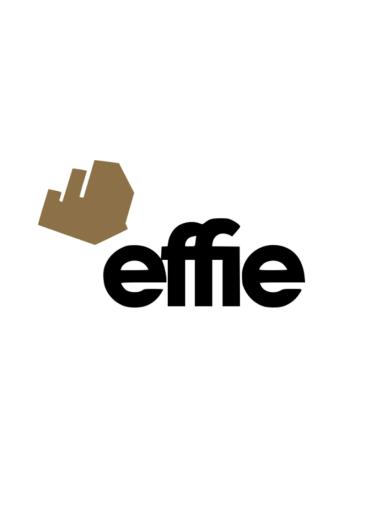The article documents connections and synergies between city museums’ visions and programming as well as emerging smart city issues and dilemmas in a fast-paced urban environment marked with the processes of increasing digitalization and datafication. The research employs policy/document analysis and semi-structured interviews with smart city government representatives and museum professionals to investigating both smart city policy frameworks as well as city museum's data-driven installations and activities in New York, London and Singapore.
Photographer Steve Golden set off to find Singapore’s remaining heritage shops—family run businesses that are multi-generational and at least 35 years old. His search saw him exploring nearly every street in Singapore by foot, from the bustling center of Chinatown to the quiet heartland housing estates. After nearly a year of research, including interviews with local neighbors, shopkeepers, and heritage experts, he photographed over 70 shops and the families that have run them for generations.
Animation is the art of movement. However as a subset of animation, Japanese animated TV or streaming series (henceforth anime) is more famous for being dialogue- and monologue-driven, often relying on various auditory settings to narrate a complex and longer narrative.
Technological innovation and democratization of artificial intelligence (AI) have been leveraging the potential success in every field we know today, while more is yet to come. This paper presents an analysis of AI achievements within the fashion industry, particularly in e-commerce fashion brand platforms, and how it is impacting the consumer personal sphere, particularly the decision-making process of young (Gen-Z) consumers.
Academia is often pointed out as a challenging environment to evolve in, especially for women. Whilst women perform in multidisciplinary settings, studies point out still-existing gender gaps in academia, especially in positions of power. This study looks at decision-making positions in Higher Education Institutions (HEIs), specifically in Portuguese academic research. Furthermore, we seek to understand if research roles are distributed equally gender-wise among cohorts in research units, as well as if deans’ genders are a factor of influence in such role attributions.
Crypto, non-fungible tokens (NFTs), and the metaverse have taken a massive place in our daily conversations and are highly valued. Moreover, NFTs range from luxury fashion to art, and sound is no exception, although it still needs to be explored. Could this be a unique opportunity to go digital from creation to distribution? This study looks at sound NFTs and new avenues for digital audio communication. During the pandemic, podcasts have been exhausted, leaving space for new digital media business opportunities.
Considering the issues faced by education during the pandemic, the need for design programmes to synchronise with the industry is rather essential. The disconnect between design students' studio practice during the pandemic has aggravated the situation further, considering that the most appointed defect of design programmes is their low involvement with the industry in multidisciplinary projects. What benefits for design students and Higher Education Institutions (HEIs) to participate in industry-led projects?
Our collaborative work started in 2019 on the pretext of being part of the organizing committee of the Performance Studies international (PSi) annual conference scheduled for the following year. Under the banner of ‘Crises of Care: Act, respond, engage’, the 2020 conference would bring together various ‘streams’ or sub-conferences that proposed an in-depth focus on a particular theme and corresponding way of working. The four of us (together with Rayya El Zein) proposed a stream titled ‘Ends’.
The piece examines the status of digital performance as a type of peripeteia of contemporary theatre. Using Aristotle’s famous term describing a narrative fork in the road, a sudden plot twist or a fall from grace, it argues that digital technologies have exerted similarly seismic twists and turns in the directions and aesthetics of contemporary theatre productions. Technologies have always been heralded and celebrated, and feared and despised in equal measure, from the Luddites to contemporary digital naysayers, and the same is found to be true for performance practitioners.
The chapter celebrates the histories of radical artistic manifestos and offers a version for the author’s own theatre company, The Chameleons Group (since 1994). The company takes Antonin Artaud’s ideas into multimedia realms, and expands his metaphor of The Theatre and its Double (1938) into new live and virtual performance incarnations.



